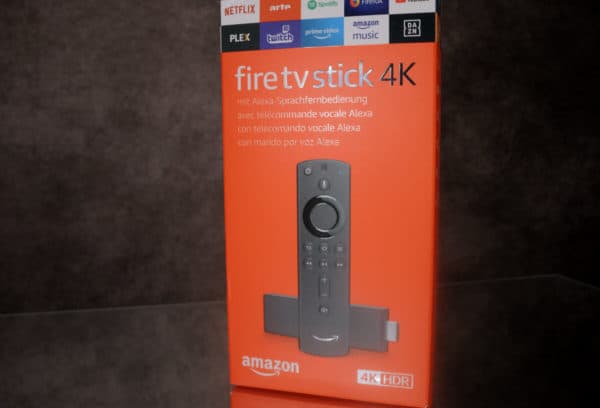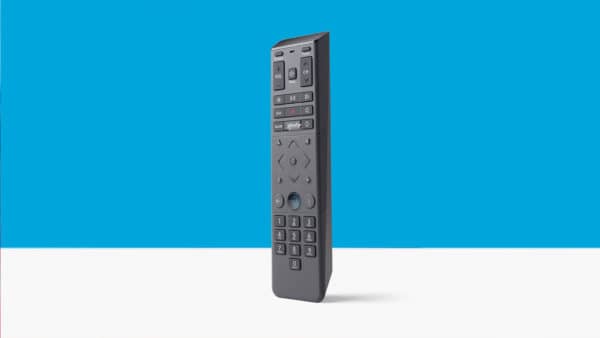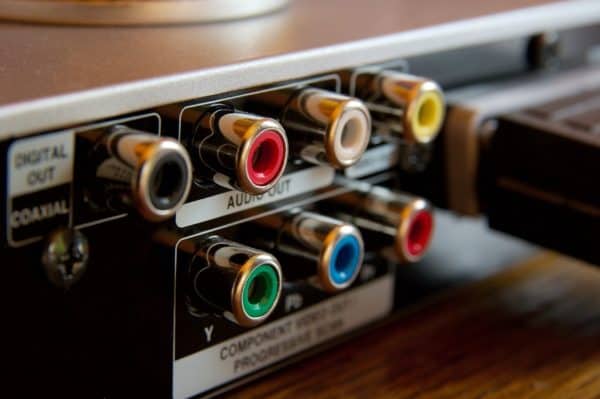Some basics on digital television
I received some feedback on one of my recent posts regarding full screen vs. widescreen DVD formats asking if I could explain a little more about digital television. I’d be happy to! Let’s start with the basics.
If you are watching television on a standard, square screen television hooked up to an antenna you are receiving an analog signal. Some of you cable subscribers out there with a “basic” subscription to cable are most likely receiving an analog signal as well. The analog signal is interpreted by your television through varying amplitude and/or frequencies of the signal. Analog signals also send the entire picture, frame by frame, to your television at a rate of about 30 frames per second.
Now, on the other hand, if you have a widescreen television with an integrated high-definition tuner or a subscription to digital cable or satellite then you are receiving a digital signal. Digital signals differ than analog signals in that they are actually sending a data pattern across the signal. For the sake of keeping it simple, picture a bunch of ones and zeroes flying through the air. Your high-definition or digital tuner interprets these ones and zeroes and uses them to construct the picture on your screen.
In addition, a digital signal does not need to carry every single part of the picture you are watching. Instead it can send “instructions” to your digital tuner on what parts of the screen are changing. Imagine you are watching a scene on your television that shows a child standing in a field with a beautiful blue sky in the background. As long as that blue sky stays on your screen, the digital signal doesn’t need to send any new data. That part of the screen just stays blue until the digital tuner receives more “instructions” on what needs to change. Furthermore, the digital signal can compress the data so rather than send thousands of instructions telling the digital tuner to turn one thousand pixels blue it can instead send just a handful of instructions telling the digital tuner to turn the area at the top of the screen blue.
Now if that is too much techno jumble for you, here’s another way to tell if you are receiving an analog or digital signal. Analog signals get fuzzy when the picture goes bad because the amplitude of the signal waves are weak or otherwise get mis-interpreted. Not so with a digital signal. The tuner either receives the data or it doesn’t. That’s why you will never see a fuzzy digital picture. Instead you will see blocks on your screen freeze or disappear altogether.
There are several more interesting areas to explore with digital television but let’s not tackle them all in one day.








